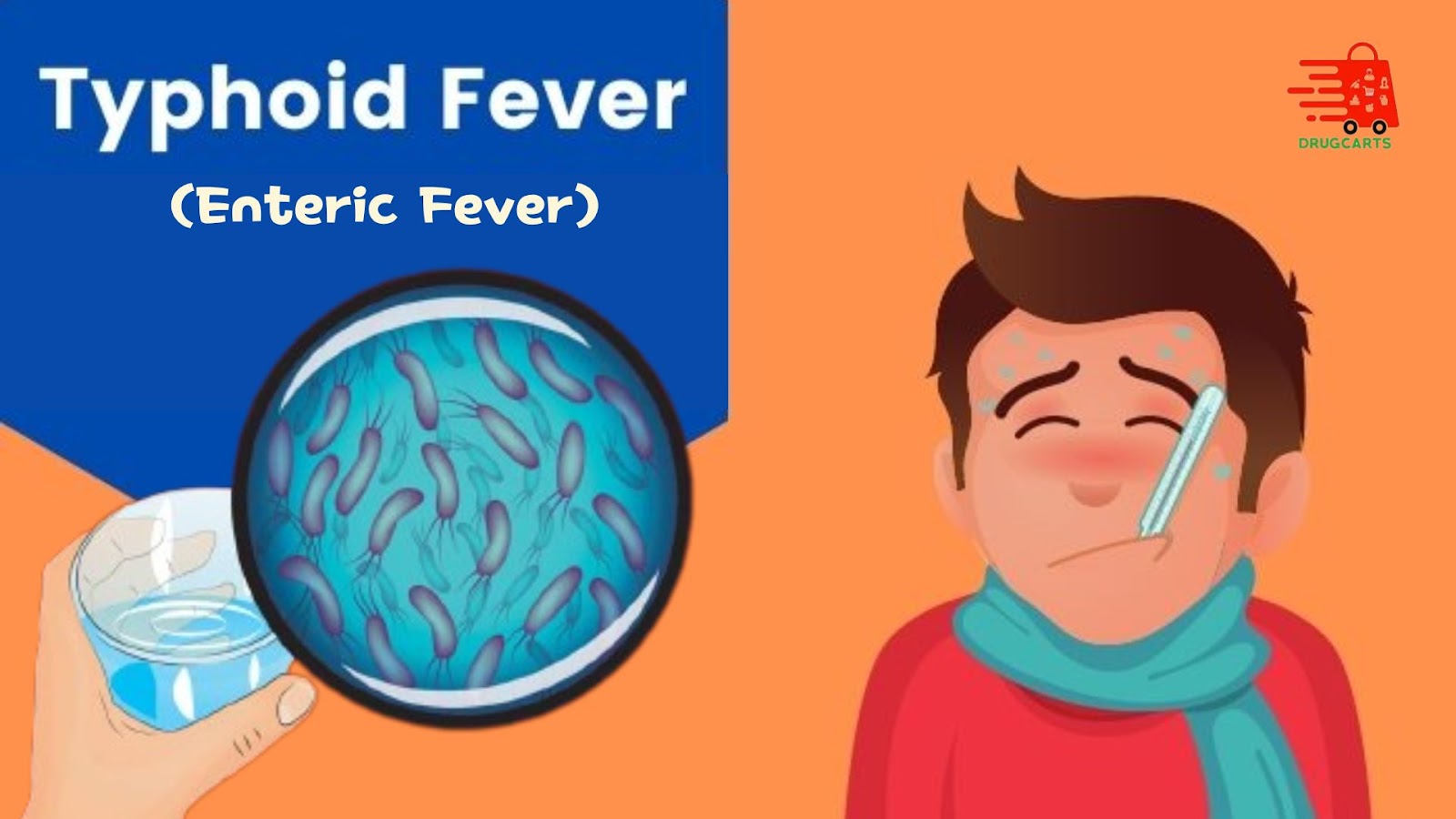- info@hardeephomeopathyhospital.com
- Near Valmiki Murti, G.T. Road, Putlighar, Amitsar
- 9814156294
Typhoid
- Home
- Typhoid

What is typhoid fever?
Typhoid fever is an illness caused by the bacterium Salmonella Typhi (S. Typhi). It infects your small intestines (gut) and causes high fever, stomach pain and other symptoms. Typhoid fever is also called enteric fever.
Who does typhoid fever affect?
Typhoid fever is most common in rural areas of developing countries where there isn’t modern sanitation. Countries in South and Southeast Asia, Central and South America, Africa and the Caribbean are most affected by typhoid. Children are more likely to get typhoid than adults.
How common is typhoid fever?
It’s estimated that 11 million to 21 million people around the world get typhoid each year. It’s rare in the U.S., Canada, Japan, Western Europe and Australia.
What’s a long-term carrier of typhoid fever?
Some people continue to be contagious with typhoid fever even after they’ve recovered (long-term carrier). You can spread typhoid for a year or more with no symptoms. It’s important to get tested for S. Typhi after you feel better to make sure you can’t spread it to other people.
Symptoms and Causes
Typhoid fever gets its name from a high fever that can last for weeks if left untreated. It often gets progressively worse over a few days. Other symptoms of typhoid fever include:
What are the symptoms of typhoid fever?
High grade fever.
Headache.
Chills.
Loss of appetite.
Stomach (abdominal) pain.
“Rose spots” rash, or faint pink spots, usually on your chest or stomach.
Cough.
Muscle aches.
Nausea, vomiting.
Diarrhea or constipation.
What causes typhoid fever?
Typhoid fever is caused by the bacterium S. Typhi. It lives in the gut (intestines) of infected people and can contaminate food and water.
How does typhoid fever spread?
Typhoid fever usually spreads through food or water contaminated with S. Typhi. This can happen if someone with typhoid touches something you eat or drink without washing their hands. It can also happen if waste water (water that has poop or pee in it) gets into water you drink or on food you eat. You can get typhoid from another person if they don’t wash their hands after going to the bathroom. When they touch surfaces and objects (like phones or doorknobs) they can leave bacteria behind that can transfer to the next person who touches it.
What are the stages of typhoid fever?
You can develop symptoms of typhoid fever gradually in four stages. Early treatment can keep you from progressing to later stages.
Stage 1. You can start getting typhoid symptoms anywhere from five to 14 days after coming in contact with S. Typhi. The first symptom is a fever that gets higher over a few days — called “stepwise” since it goes up in steps. The bacteria is moving into your blood in this stage.
Stage 2. Around the second week of fever, the bacteria is multiplying in your Peyer’s patches (part of your immune system that identifies harmful invaders). You’ll start experiencing abdominal pain and other stomach symptoms, like diarrhea or constipation. You might get “rose spots,” small pink dots on your skin that look like a rash.
Stage 3. If not treated with antibiotics, the bacteria can cause severe damage, usually around the third week after your symptoms start. Some people get serious complications, like internal bleeding and encephalitis (inflammation in your brain).
Stage 4. Stage four is when most people begin to recover. Your high fever begins to come down. S. Typhi can live in your gallbladder without causing symptoms, which means you may still be contagious even after you feel better.
Diagnosis and Tests
How is typhoid fever diagnosed?
Your healthcare provider will use your symptoms, your travel history and lab tests to diagnose typhoid fever. They’ll give you a physical exam and listen to your heart and lungs.
What tests can be done to diagnose typhoid fever?
Your healthcare provider will take samples of body fluids or tissue to test for signs of S.Typhi. They might take samples of your:
Blood. Your provider will use a needle to take a small tube of blood from your arm.
Poop (stool). Your healthcare provider will give you a sterile container and instructions on how to collect a sample.
Pee (urine). You may be asked to pee into a cup given to you by your healthcare provider.
Bone marrow. Your provider will numb your skin and use a special needle to get a sample of the inside of your bones. It’s rare that you’d ever need this test for diagnosis. You provider may also take X-rays (pictures of the inside of your body) to look for changes in your lungs.
What medications are used to treat typhoid fever.
1. Arnica Montana
2. Baptisia tinctorial
3. Arsenic album
4. Bryonia alba
5. Rhus tox.
6. Eupatorium perf are some of the medicines for typhoid fever which are given according to the symptoms of particular patients.
Complications of typhoid
If typhoid is left untreated, you’re at risk for severe complications, including:
Internal bleeding.
Intestinal perforation (a hole in your intestines).
Swollen or burst gallbladder.
Neurological (brain) symptoms, including confusion, delirium and seizures.
Swelling around your brain (meningitis).
Bronchitis, pneumonia or other respiratory issues.
Bone inflammation (osteomyelitis).
Heart inflammation.
Kidney failure.
Miscarriage.
Is typhoid fever fatal?
Typhoid can be fatal if not treated quickly. But with homoeopathic medicines most people survive and fully recover.
About
Welcome to Hardeep Homeopathy Hospital, where we blend traditional wisdom with modern practices to offer compassionate and effective homeopathic treatment.
Explore
Treatments
Contact Us
- Near Valmiki Murti, G.T. Road, Putlighar, Amritsar
- 9814156294
- info@hardeephomeopathyhospital.com

© 2024 | Hardeep Homeopathy Hospital. All Right Reserved
